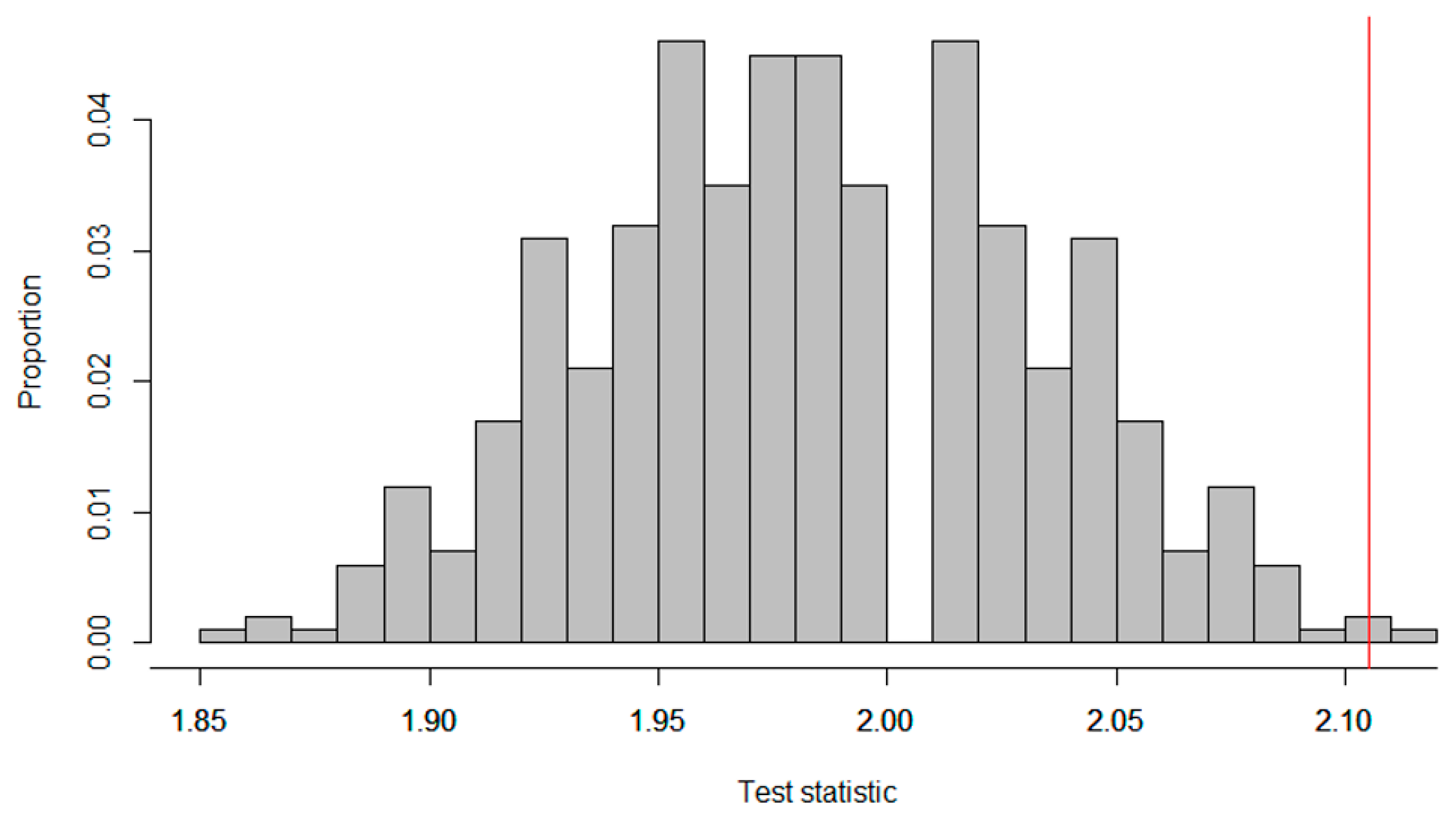Table Of Content
- "An analysis-of-variance model for intrasubject replicaiton design": some additional comments.
- Decreasing classroom misbehavior through the use of DRL schedules of reinforcement.
- Rationale for Current Scoping Review
- Single-Case Experimental Designs: Uses in Applied Clinical Research
- Applied Behavior Analysis in Children and Youth with Autism Spectrum Disorders: A Scoping Review

Any type of reinforcer assessment was incorporated including asking the individual or significant others, survey, observation, or stimuli trials. Also, use of individual or group goal-setting of criterions and or final goal was recorded. Data collected was specific to participants with whom a CCD was applied and only data directly connected with its implementation. For example, when a study collected baseline, implemented a treatment, and then implemented a changing criterion separate of the treatment, only the information related to the changing criterion portion was coded. The CCD is a flexible, basic design versatile in terms of applied population, target behavior, and setting, while also capable of demonstrating adequate experimental control. However, since its primary presentation in 1976, the CCD has been infrequently used as a research/intervention tool.
"An analysis-of-variance model for intrasubject replicaiton design": some additional comments.
As with all forms of therapy, it is also advisable to find an ABA therapist with whom you and your child feels comfortable. In addition, there is a certification program for those who serve as supportive ABA therapy team members. Board Certified Assistant Behavior Analysts have bachelor’s degrees and ABA training and are identified by the initials BCaBA. A BCaBA cannot practice alone but can work in therapeutic settings when supervised by someone who is certified at a higher level. A second individual independently coded 15 % of articles in order to establish inter-rater agreement across coded variables. Agreement was calculated by the number of agreements on item-by-item comparison divided by the number of agreements plus disagreements and multiplied by 100.
Decreasing classroom misbehavior through the use of DRL schedules of reinforcement.
Further research may be required to assess retained changes rather than changes upon intervention (Bishop-Fitzpatrick et al., 2013; Smith, 2012). Two recent variations of the changing criterion design have been suggested by McDougal. The range-bound changing criterion design variation consists of an upper and lower criterion for each sub-phase (McDougall 2005). Advantages of this design for an exercise program are clear in their ability to deter excessive activity that may lead to injury. Likewise, when reducing caffeine consumption or when constricting calorie intake, a range might lead to more accurate reporting of intake, as well as more comfortable transitions between reset criterions. However, this design reduces the design integrity through limiting responding.
Rationale for Current Scoping Review
The behavior is the response itself, which could be an action or verbal expression, which the therapy aims to change. The CCD was used as a shaping procedure in approximately 27 interventions (10.1 %) within 12 articles. Of these articles, four were for self-care and safety behaviors, two were related to improving physical or sport performance, two for shaping communicative responses, one for medical-related, one for academic-related, and one for other behavior. The dimension/s of the target behavior being addressed was categorized as frequency, magnitude, accuracy, duration, or latency. Dimension was not recorded for CCD graphs which utilized a shaping procedure as shaping requires successive approximations of a behavior rather than a manipulation of a dimension of behavior already in an individual’s repertoire.
It may be difficult for families, governments, and policy makers to evaluate available evidence appropriately (Whitehouse et al., 2020). Even within the ABA field there are conflicting definitions of ABA between the research community and public sector (Schreibman et al., 2015), adding another layer of complexity for policy makers when it comes to deciding whether to fund specific programs, specific types of professionals, or a combination of both. For the same reason, there may be some treatments, methods or techniques that have not been included within this scoping review. The current findings are also consistent with other publications with respect to the comparison of ABA techniques, as 225 of the study records investigated the efficacy of various ABA methods compared to one another.
That is, only 4% of the entire sample assessed ABA impact, had a comparison group, and did not rely on mastery of specific skills to mark improvement. Among the Between-Groups Comparisons (see Appendix 5, Table S9), the ABA coding category was the most often improved, showing improvement over the comparison group at least 36% of the time across all outcomes. I-ABA showed improvement over the comparison 18%–30% of the time among cognitive, language, social/communication, adaptive behavior, and autism symptom outcomes. EIBI showed improvement over the comparison 21%–25% of the time among the cognitive, language, social/communication, and adaptive behavior outcomes. TAU and Other interventions occasionally showed greater improvement in some outcome measures (≤ 22% of the time).
For example, interventions that utilized progressive increments of differential reinforcement of low or high rates of behavior may have been equivalent to the CCD, but not labeled as such. Alternatively, a CCD study may not have been present on the databases used or cited in articles found. Clinical significance may have been demonstrated in many of the articles evaluated; however, the demonstration of the intervention as responsible for behavior change was inadequate in the majority of studies due to lack of experimental control. This should not, however, discourage use of the CCD within a clinical setting. Our recommendation would be to incorporate mini-reversals into the CCD whenever feasible to improve experimental control.

They have helped many kinds of learners gain different skills – from healthier lifestyles to learning a new language. Therapists have used ABA to help children with autism and related developmental disorders since the 1960s. Originally developed by psychologist Ole Ivar Lovaas in the 1960s reflecting traditional principles of behaviorism, the therapy has evolved somewhat as understanding of autism has increased. ABA utilizes positive reinforcement to teach and promote social skills, communication abilities, learning and academic skills, and self-care habits. ABA therapy is intensive; sessions typically last two or more hours and are conducted several days a week.
Semantic Scholar is a free, AI-powered research tool for scientific literature, based at the Allen Institute for AI. If intervention components other than contingent reinforcement and punishment were used, these were recorded and classified as prompting, public posting or feedback, contingency contracting, self-monitoring, instruction or modeling, or other (e.g., systematic desensitization, habit reversal). No part of this publication may be reproduced, stored in a retrieval system or transmitted, in any form or by any means, electronic, mechanical, photocopying, or otherwise, without permission from the health plan. Inflexibility of behavior cases significant interference with functioning in one or more context.
Overall, it was found that study records that included a smaller sample size (e.g., N ≤ 4) often investigated specific skills, tasks, or responses that varied based on each specific child (Gongola, 2009; Plavnick & Ferreri, 2011; Sullivan et al., 2020). Many studies modified the intervention or the definition of mastery dependent on the child or task given (Charlop-Christy & Daneshvar, 2003; Charlop et al., 1985; Ezzeddine et al., 2020; Lyons et al., 2007; Romaniuk et al., 2002). Articles included following the full text review then underwent data extraction. Extracted data comprised first author, title, year of publication, origin of study, funding sources, study aim, study design, duration of intervention, duration of study, population size, population description, setting, measurement outcomes, measurement tools, and key findings.
Among the outcome measures defined in the current review, some records showed significant improvement in some but not all contributing measures (Eikeseth et al., 2002; Reed et al., 2007a; Zachor et al., 2007). Others had statistically significant improvement in all contributing measures of a given outcome (Dixon et al., 2018; Howard et al., 2005; Lovaas, 1987; Novack et al., 2019; Smith et al., 2000; Zachor et al., 2007). Overall, agreement between raters was approximately 80% across all coding categories. The range of included outcome categories was selected in order not to limit the scope of the literature search and synthesis for this review so that a comprehensive review of the application of ABA for ASD and mixed-diagnosis populations across the entire time span and age range of the search could be conducted. When more than two variables or interventions were compared, which sometimes occurred in the Comparisons of ABA Techniques and Between-Groups Comparison sections, study records were discussed and split into discrete rows by two researchers to represent simplified or single-variable comparisons in each row.

Within these comprehensive treatment models, focused intervention practices that are often utilized and independently investigated can include, but are not limited to, DTT and naturalistic teaching strategies such as PRT and functional communication training (FCT). DTT is one of the most fundamental focused intervention practices of ABA and utilizes sequences of instruction and repetition in a distraction free, one-to-one setting (Smith, 2001). The primary focus of DTT is to teach children new behaviors and discriminations. These new behaviors encompass any behavior that was not previously performed by the child knowingly or unknowingly (Smith, 2001). Naturalistic teaching forms of ABA have sought to improve the ability to generalize and maintain the positive effects of behavioral interventions while upholding many of the fundamental principles and behaviorism of ABA (Schreibman et al., 2015).
Each graph was analyzed using a straight edge or ruler to determine whether phase length and magnitude varied between criterions at least one time or two or more instances. For example, if the first criterion was set to 10, the second to 8, and the third to 7; phase magnitude differed at least once (two increments from criterion 1 to 2 and one increment from criterion 2 to 3). Graphs were coded as having either a full (i.e., reversal to baseline), mini (e.g., reversal to previous criterion), or no reversal. Also, it was noted if the CCD was used within a multiple baseline design and what type (i.e., across subjects, settings, or behaviors). Among the study records that only observed females, the most commonly studied outcome was problem behavior at 33%, with social/communication following at 23%.
For example, a person who is able to speak in full sentences and engages in communications but whose to-and-fro conversation with others fails, and whose attempts to make friends are odd and typically unsuccessful. Severe deficits in verbal and nonverbal social communications skills cause severe impairments in functioning, very limited initiation of social interactions, and minimal response to social overtures from others. For example, a person with few words of intelligible speech who rarely initiates interaction and, when he or she does, makes unusual approaches to meet needs only and responds to only very direct social approaches. The behavior analyst regularly meets with family members and program staff to review information about progress. The BCBA will start by doing a detailed assessment of each person’s skills and preferences.


No comments:
Post a Comment